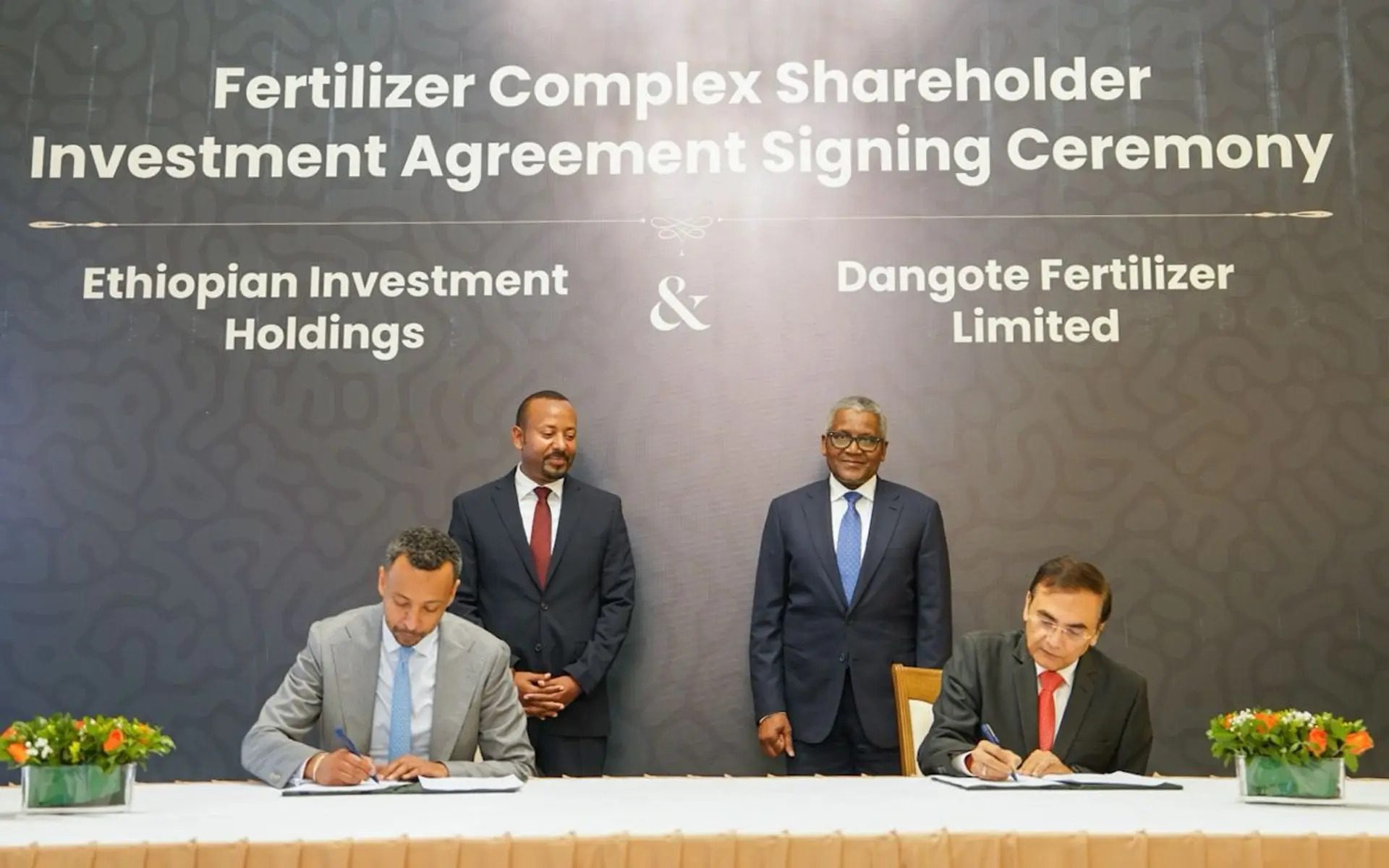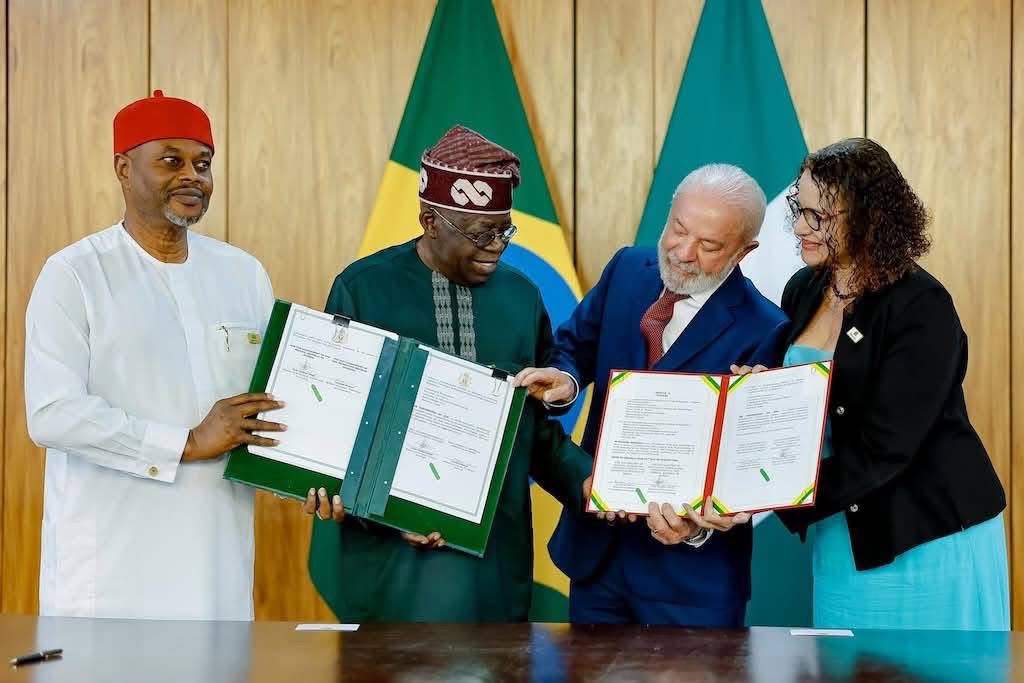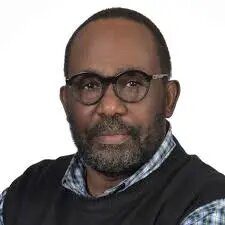In a year overshadowed by grim global headlines, East Africa—and indeed the wider continent—has managed to carve out a rare streak of positive news. In just a month, the region has witnessed breakthroughs that carry profound implications for the future, sparking a glimmer of hope in an otherwise turbulent world.
In late August, Ethiopia signed a $2.5 billion agreement with Nigeria’s Dangote Group to build one of the world’s largest single-site fertiliser plants in Gode, Somali Regional State.
If the plan comes to fruition, the plant could produce 1.2 million tonnes annually, significantly cutting back Ethiopia’s heavy reliance on imports and potentially slashing food costs both domestically and in neighbouring countries like Kenya and South Sudan. With fertiliser use in sub-Saharan Africa averaging less than 20 kilogrammes per hectare—against a global average of 135 kg —the project could herald one of the most transformative moments for African farming in decades, inspiring a wave of progress across the continent.
At a continental level, India–Africa trade surged beyond $100 billion for the first time in 2024–25, making India Africa’s third-largest trading partner after the European Union and China. The milestone carries weight beyond commerce: East Africa and South Africa host the continent’s largest Indian-descended populations, communities whose centuries-old presence has underpinned cultural and commercial ties from Mombasa’s shops to Durban’s ports.
A Post-Trump Global South?
India’s approach this time is not merely about selling goods. It is about building strategic partnerships that address the pressing problems of our era—like food security, digital access, and climate resilience. This strategic shift offers a beacon of hope for Africa’s future in a world fraught with challenges.
Meanwhile, in Yokohama, Japanese Prime Minister Fumio Kishida unveiled a fresh package for Africa under the 9th Tokyo International Conference on African Development (TICAD), which closed on 22 August. He announced $30 billion in support and new technology-sharing programmes targeting green energy, start-ups, and the training of 10,000 African youth in AI and digital skills.
TICAD also endorsed the creation of an Indian Ocean economic zone, linking East Africa’s ports more closely to Asian markets. It revives an idea once abandoned: that Africa’s east coast could anchor a global maritime economy. For Japan, worried about China’s dominance and Europe’s retreat, the Indian Ocean is the next great trade basin. For East Africa, it could mean Mombasa and Dar es Salaam once again becoming gateways to the world.
The optimism in these developments stands out starkly against the gloom elsewhere. US President Donald Trump has escalated tariff wars not only with China and Europe but also against African exports. His hostility towards South Africa has spurred a counter-movement, accelerating India–South Africa ties.
The two countries recently launched a new India–South Africa Chamber of Commerce, pushing deals in fintech, renewable energy, and e-commerce sectors in which Africa’s youth are the fastest-growing consumers. It is part of a quiet realignment: as Trump slams doors, others open windows.
Then there is the unexpected Brazil–Nigeria pact. In July 2025, reports said Brazil’s space agency and Nigeria’s NASRDA signed a joint declaration of intent to share satellite data for agriculture, climate resilience, and security monitoring. The deal includes AI-powered farm mapping to cut into Africa’s estimated $4 billion annual post-harvest losses.
Symbolically, Brazil is the first Latin American nation to sign such a high-level science and AI pact with an African state—evidence that South–South cooperation has leapt from rhetoric to hardware.
Cushions Beneath the Storm
None of this is charity. It is business. The BRICS bloc’s New Development Bank (NDB), headquartered in Shanghai but with a branch in Johannesburg, has lent Africa over $6 billion in the past decade, already surpassing the US’s Exim Bank. Collectively, the BRICS – whose membership has grown to 10 countries – now account for more than 25% of Africa’s trade, compared with America’s dwindling 6%.
The Nigeria–Brazil space deal and India–South Africa’s fintech and green energy partnerships are parts of a larger puzzle: the outline of an emerging post-Trump Global South economic order.
Globally, the winds are harsh. Britain and France remain weighed down by weak growth and inflation, dragging down demand for African exports such as tea, coffee, and leather.
Yet Africa is not entirely exposed. The continent’s gross domestic product (GDP) is now $3 trillion, making it the world’s eighth-largest economy. It is urbanising at breakneck speed: over 43% of Africans now live in towns and cities, up from 31% at the turn of the century. Internet penetration has doubled in under a decade, reaching nearly 50% in 2024, fuelling new industries and linking rural farmers to mobile markets. Mobile money, pioneered in East Africa by Kenya’s Safaricom, now processes transactions worth over $800 billion a year.
Debt remains heavy—Africa owes around $690 billion externally. Yet aid dependency (though some of it is a result of American and European cutbacks) is receding. A decade ago, official development assistance made up 37% of government revenues on average; by 2022, it had fallen to 26%. Governments are balancing books in ways unthinkable twenty years ago, though illicit financial outflows—still around $90 billion annually—drain much of the gain.
Trump Card: Green Energy
If Africa’s past was shaped by soil and mines, its future may lie in the skies and sun. The continent holds 60% of the world’s best solar resources, yet it has only 1% of global solar capacity installed. The International Energy Agency estimates Africa could generate over 10 terawatts of solar power—enough to light every African home, school, and factory many times over.
This is no longer a theory. Morocco’s Noor solar complex already powers a million homes. Kenya’s solar share rose from just 2% in 2015 to 27% by 2019, one of the fastest surges worldwide. Its geothermal plants now provide over 40% of electricity. Algeria’s solar capacity jumped from 28 MW in 2014 to 462 MW by 2024, a more than 1,500% rise.
The Mo Ibrahim Forum Report this year projected that Africa’s renewable energy sector could create 10 million jobs by 2030 if policy bottlenecks are cleared. In a continent where youth unemployment is a ticking bomb, millions of clean-energy jobs could be the most powerful peace and prosperity plan yet.
These developments affirm a messy truth: Africa is struggling, but it is neither crushed under debt nor doomed to dependency. Instead, despite the odds, it is sketching out a different future—one where Addis Ababa’s fertiliser gamble, booming trade with new partners, Lagos’s space deal, and TICAD’s reimagined partnerships combine into a continental comeback.
Perhaps these winds off the east coast are yet another sign of an African economic tide that will no longer wait for permission to rise.






